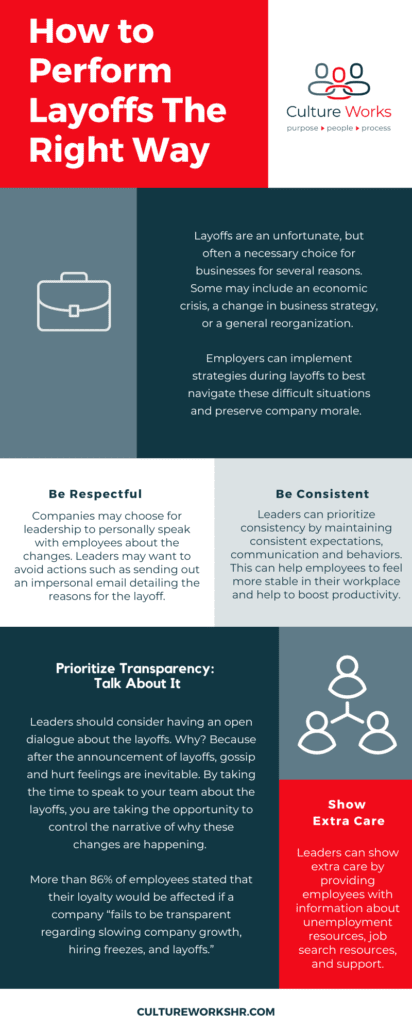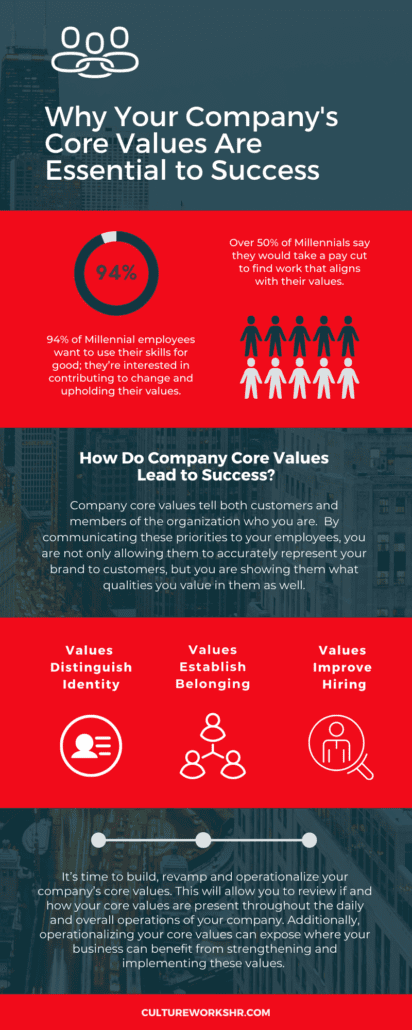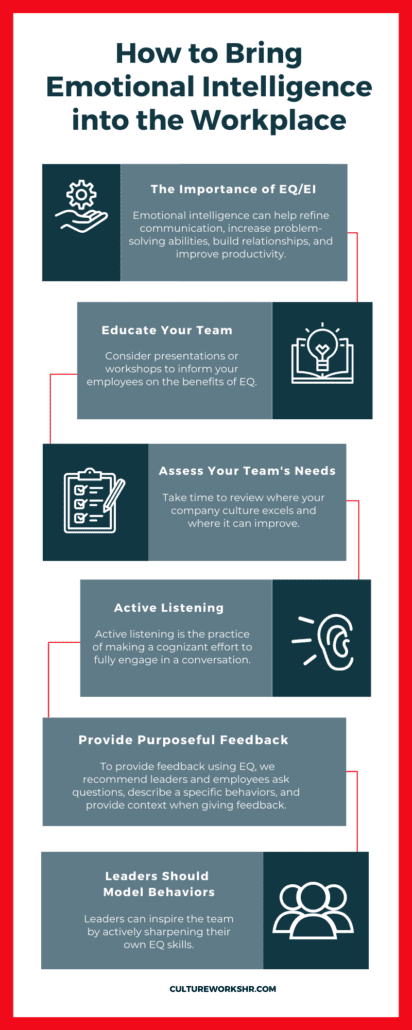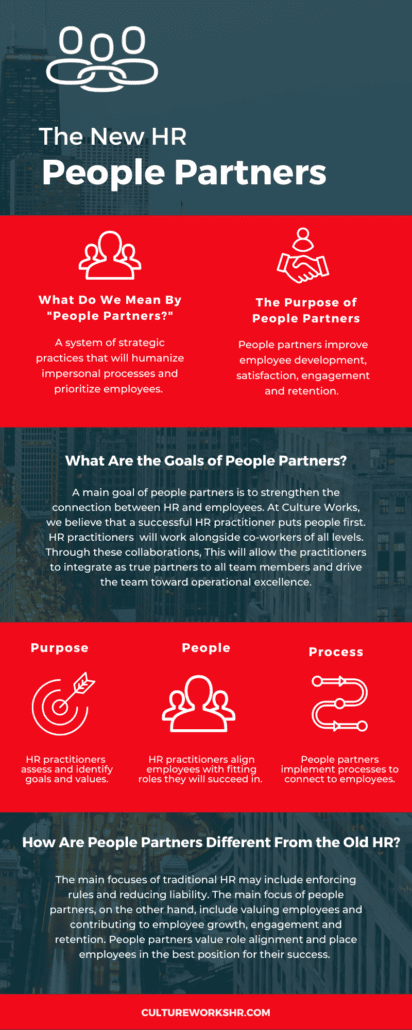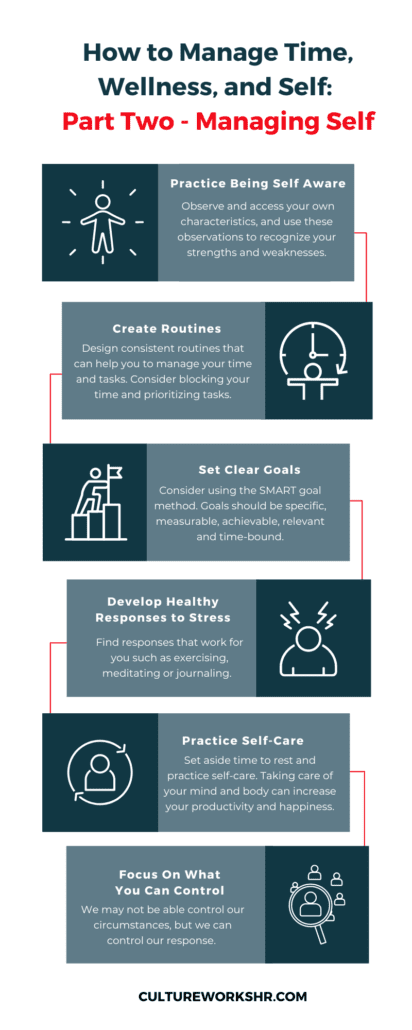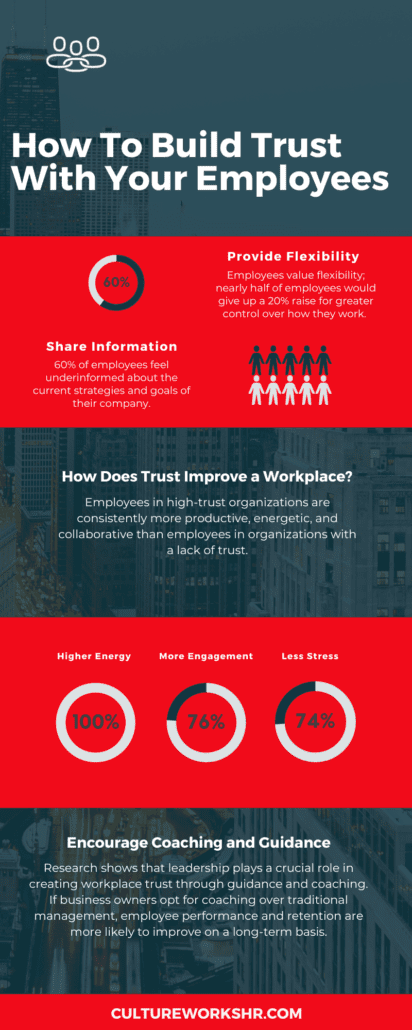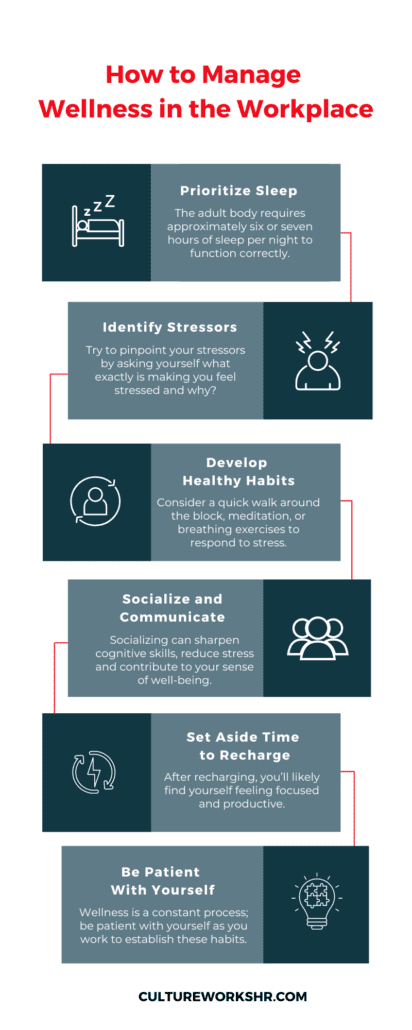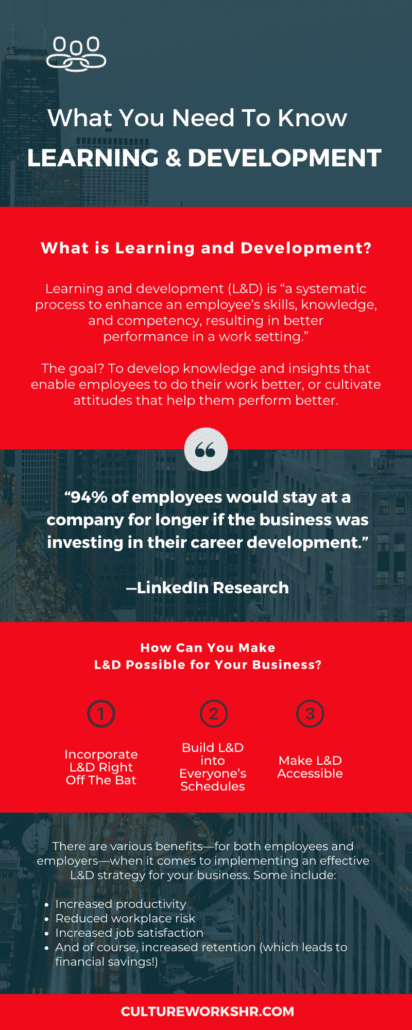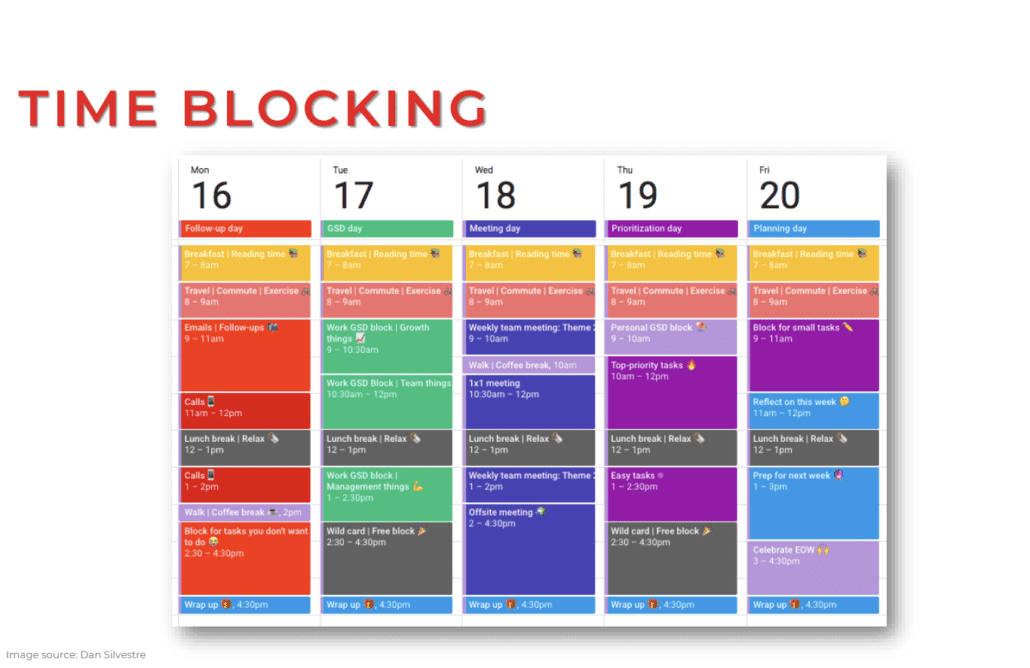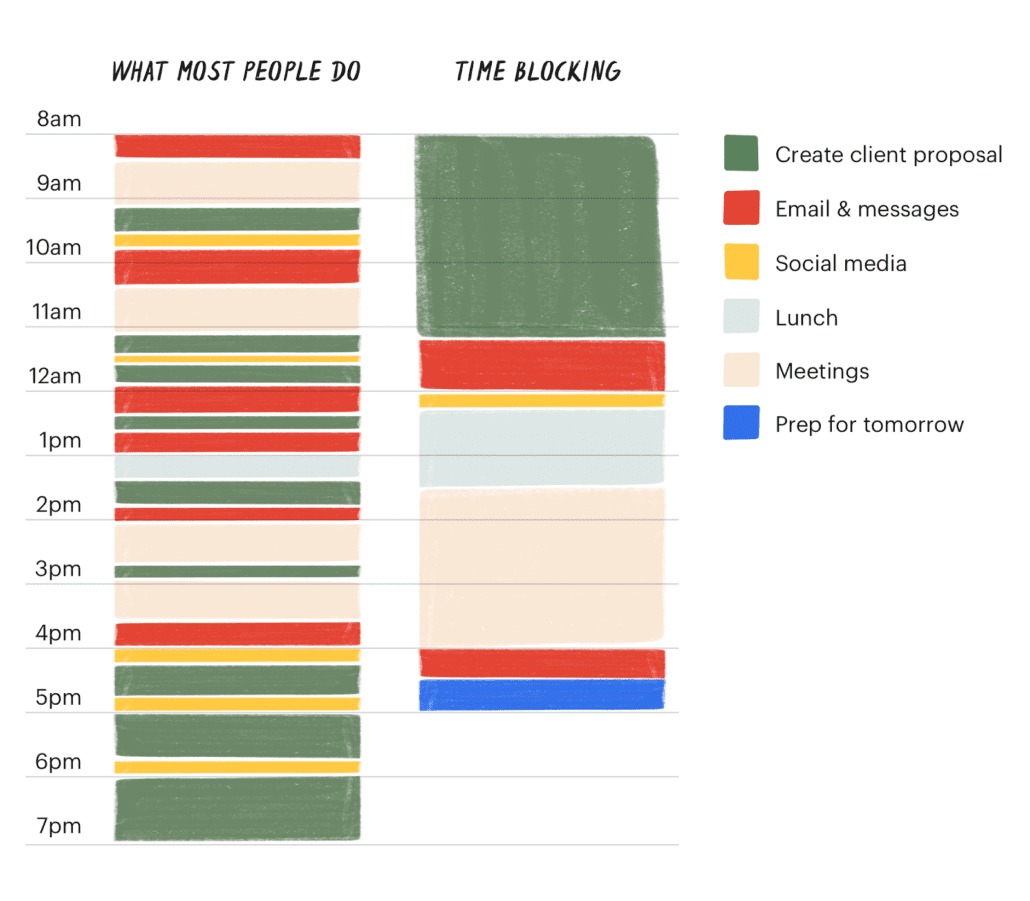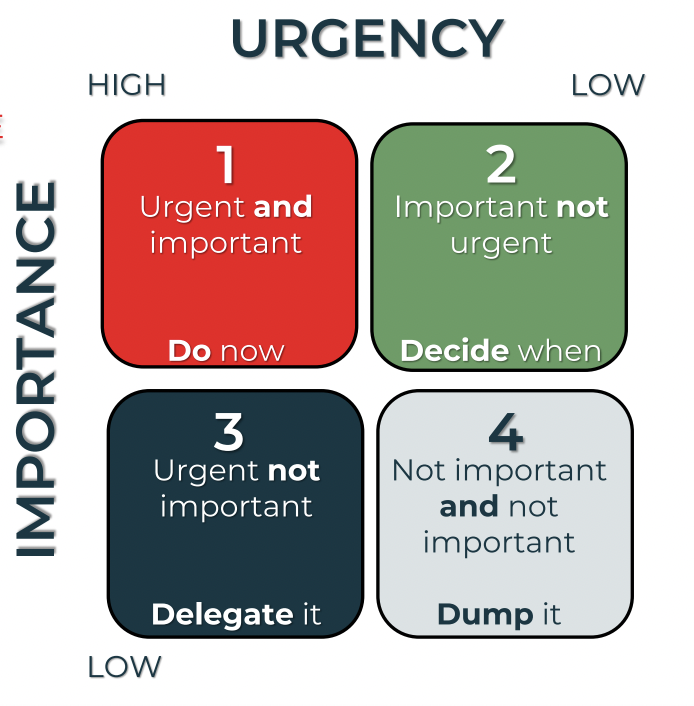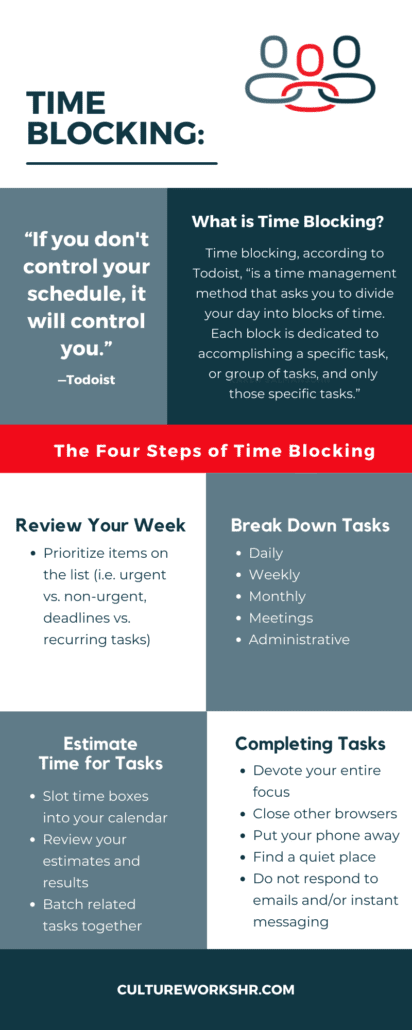Layoffs are an unfortunate, but often a necessary choice for businesses for several reasons. Some may include an economic crisis, a change in business strategy, or a general reorganization.
The Bureau of Labor Statistics reports that in 2009, during the height of the Great Recession, 2.1 million Americans were laid off. As the American economy is at risk of entering another recession, companies are beginning to take measures to prepare. Companies may turn to layoffs as a means to survive during the economic downturn.
Company leaders may not realize that layoffs do not only affect only the people leaving the organization, but carry long-term effects on the company culture, such as lowered employee productivity, retention, and satisfaction.
However, employers can implement specific, purposeful strategies to navigate layoffs and preserve company culture. Let’s begin by discussing how these changes can affect the team.
How Layoffs Affect the Team
Employees that stay at a company after layoffs experience a 20% decline in job performance, a 36% decline in organizational commitment, and a 41% decrease in job satisfaction. Why? Because layoffs can cause employees to feel as if they have lost control, stability as well as trust in their management.
Let’s review some strategies to combat these issues.
Strategies to Navigate Layoffs
While layoffs will never be easy, companies can take steps to make the transitions as smooth as possible for their employees.
Find a Way to be Fair
One of the most common complaints from employees following a layoff is that it wasn’t fair. By fair, we mean that employees did not understand the criteria or how the leadership decided which employees stayed and which were laid off.
Company leaders should take the time to create a system for determining who will stay and who will go in the process of making layoffs. These criteria can be designed to clearly identify employee roles, traits, skills, or knowledge that will help the company reach its goals as well as align with company values.
A fair selection process, especially one that is communicated to the team, can help employees better understand the reasons for layoffs and set them up for success moving forward.
Be Respectful
Leaders should approach layoffs with intention, respect, and compassion. This approach can result in significant benefits for your employees and your company.
Layoffs will inevitably cause negative reactions amongst employees. Respect can help to soften these reactions.
For example, companies may choose for leadership to personally speak with employees about the changes. Leaders should avoid impersonal actions such as sending out a generic email detailing the layoff decision.
Prioritize Transparency: Talk About It
Leaders should consider having an open dialogue about the layoffs. Why? Because after the announcement of layoffs, gossip and hurt feelings are inevitable. By making the effort to speak to their teams, leaders are taking the opportunity to control the narrative of why these changes are happening.
According to PR Newswire, more than 86% of employees stated that their loyalty would be affected if a company “fails to be transparent regarding slowing company growth, hiring freezes, and layoffs.”
Consistency is Key
Layoffs can cause a workplace to feel inconsistent or unstable to employees. Leaders can prioritize consistency by maintaining consistent expectations, communication and behaviors across conversations. This can help employees to feel more stable in their workplace and help to boost productivity.
Provide Choices
Employees are likely to feel out of control during the process of layoffs, whether they stay or leave the company. Leaders can combat this issue by providing employees with as many choices as possible, even the little things.
For instance, allowing employees to take select office supplies or select their last date of employment can show care and allow exiting employees to feel more in control. Further, this display of extra care will boost morale and trust for the employees staying with the organization.
Show Extra Care
In the event of a layoff, small actions can make all the difference for both the employees exiting the organization and the employees staying. Leaders can show extra care by providing all employees with information about unemployment resources, job search resources, communication, and support. The care leaders show to exiting employees will matter to those staying with the company.
Is There a Wrong Way to Make Layoffs?
Harvard Business Review defines “bad layoffs” as “layoffs that aren’t fair or perceived as fair by employees and that have lasting negative knock-on effects.”
For example, companies should avoid performing layoffs with the goal of achieving short-term cuts instead of implementing long-term strategic change. When used as a quick means to support a short-term goal, these choices often prove to cause more issues than solutions.
Need Help With Your Company Culture?
At Culture Works, we understand that sometimes layoffs can’t be avoided. These changes don’t have to negatively impact your company culture on a long-term basis. With the right strategies and structures in place, we can operationalize the elements of your company culture that drive productivity, retention, and results.
Learn more about us and what we do, here.
Then read on to why hiring the right people can help your business in a recession (and prevent layoffs in the future) here.
